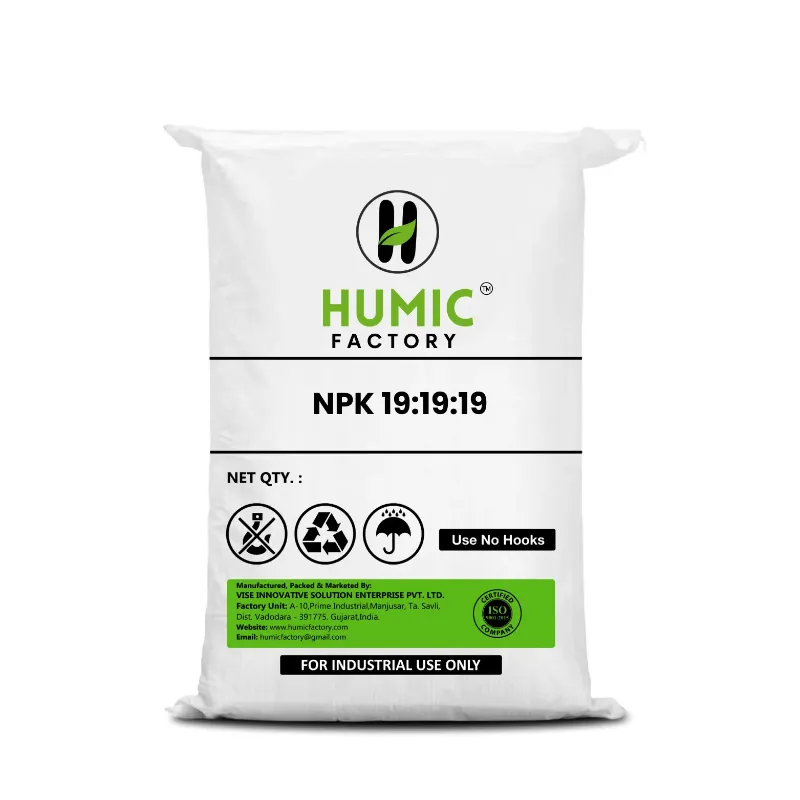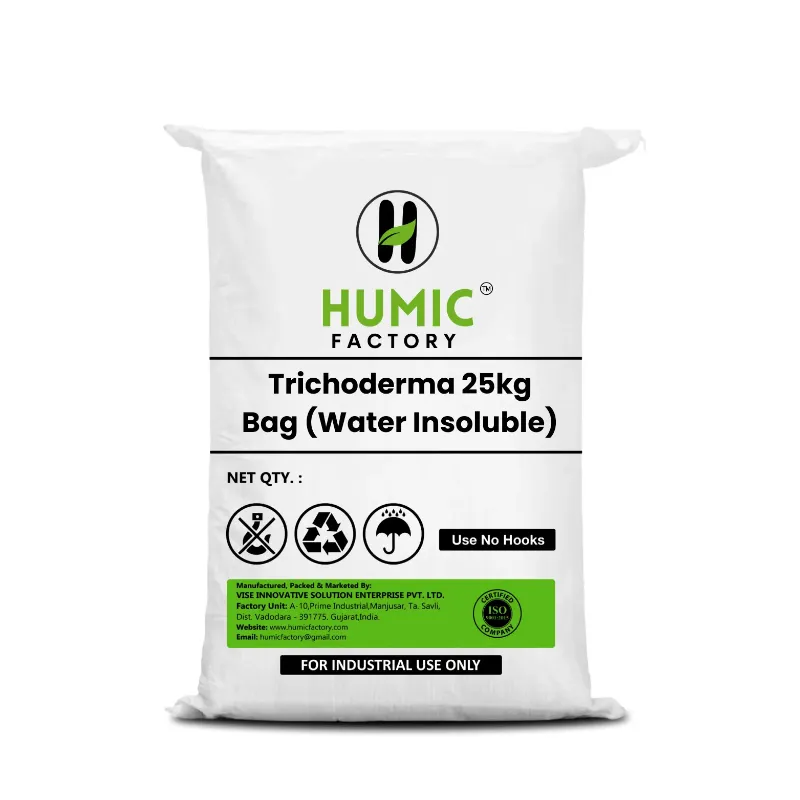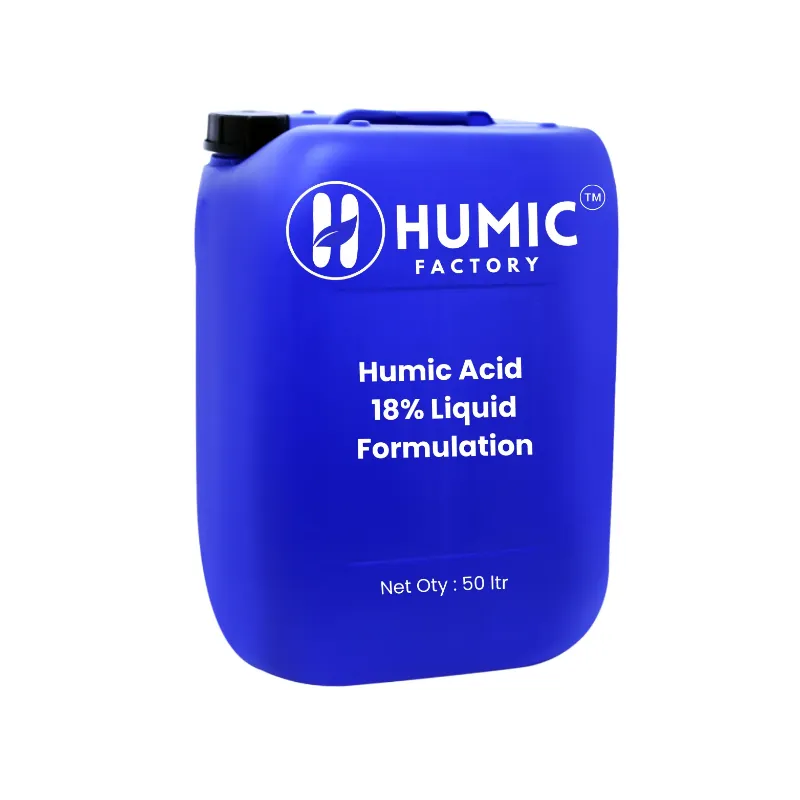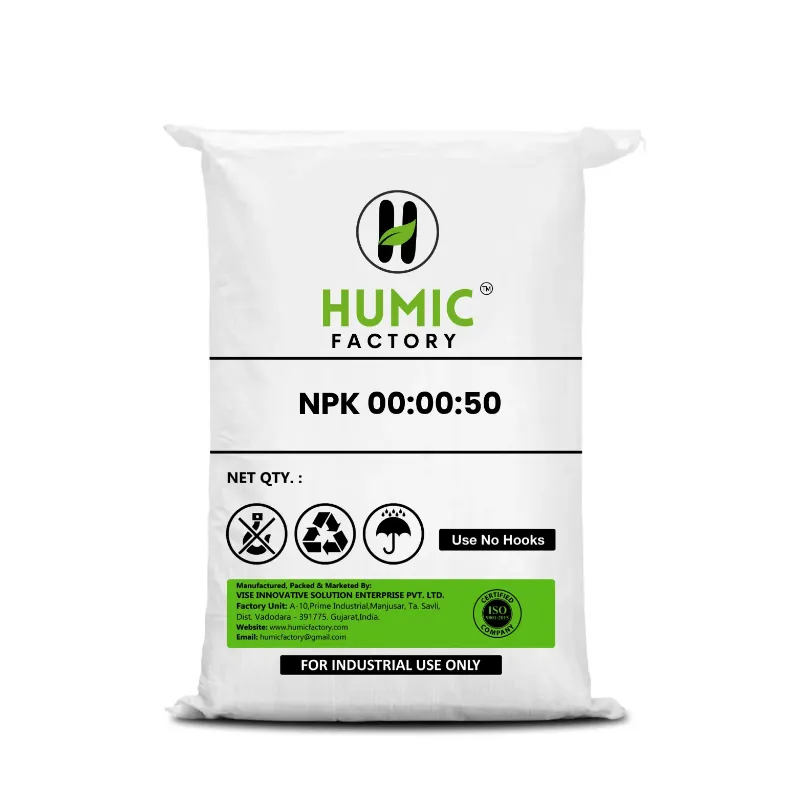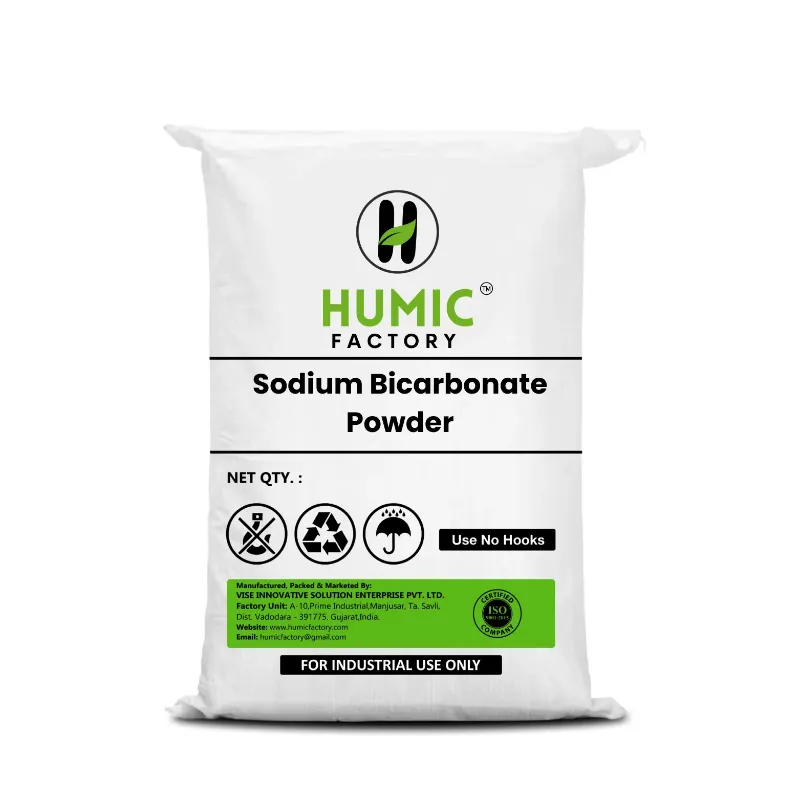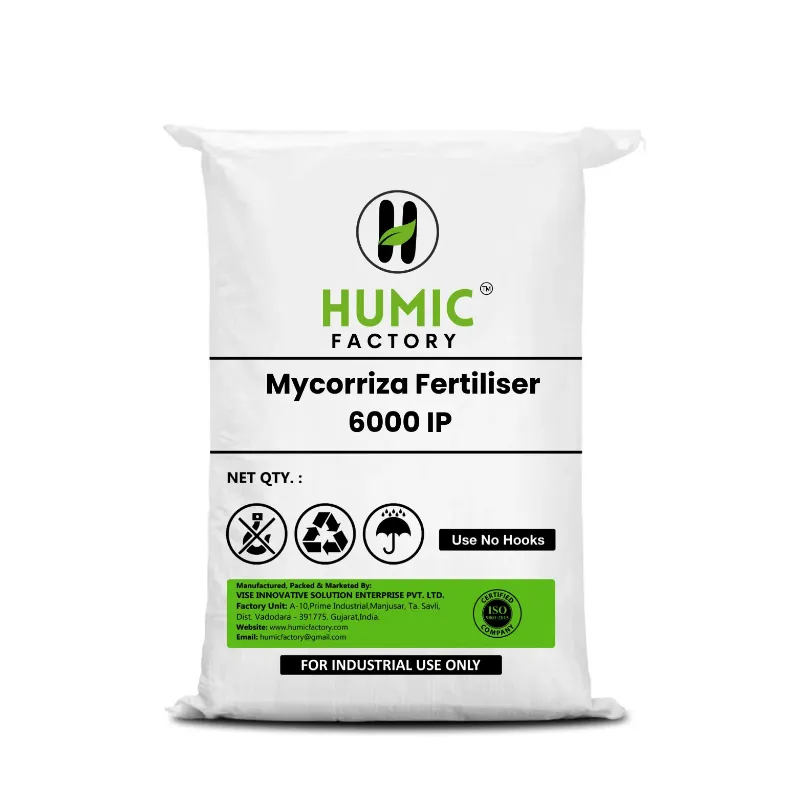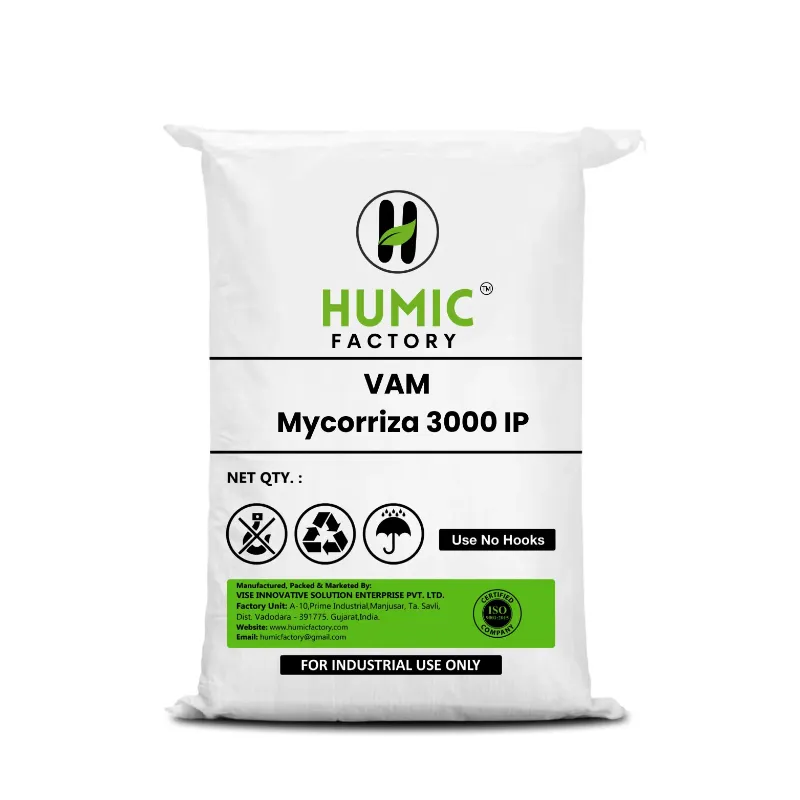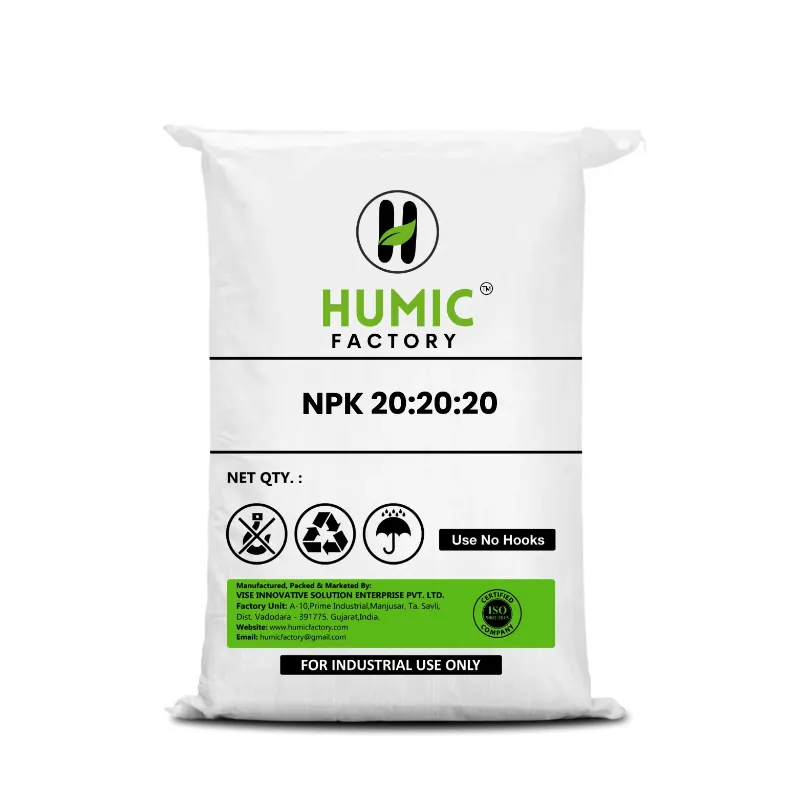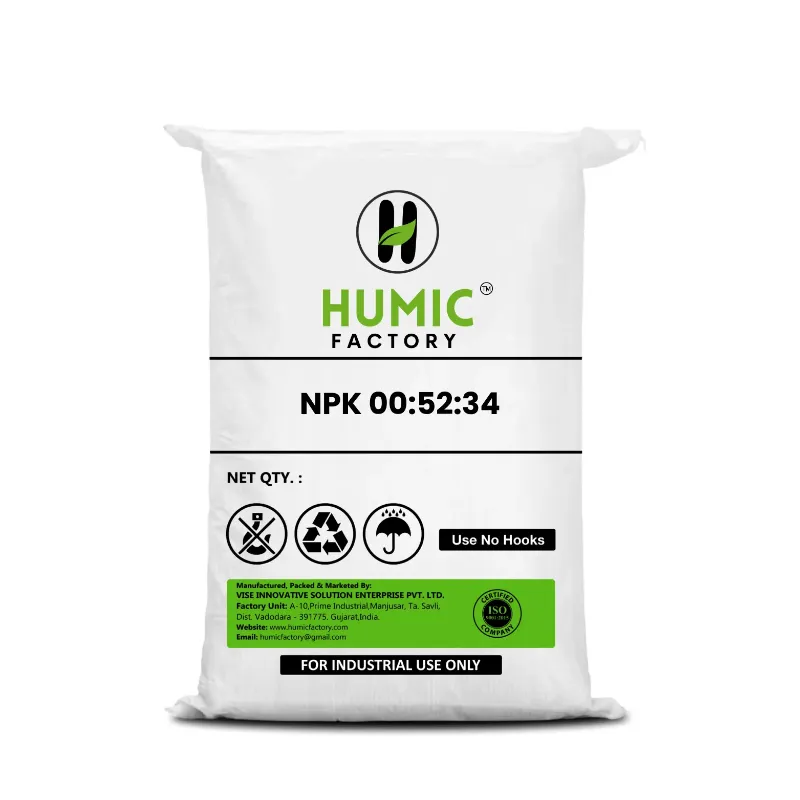Humic acid can influence soil pH levels through its buffering capacity, ion exchange properties, and interactions with soil minerals and other soil components. While humic acid itself is acidic in nature, its effects on soil pH can vary depending on factors such as the concentration of humic acid applied, soil type, initial pH of the soil, and environmental conditions. Here are several key points explaining how humic acid affects soil pH levels:
1. Buffering Capacity:
Humic acid has a buffering capacity, meaning it can resist changes in pH when acids or bases are added to the soil. Humic acid contains functional groups such as carboxyl, phenolic, and hydroxyl groups, which can release or accept hydrogen ions (H+) depending on the soil pH. As a result, humic acid can help stabilize soil pH by buffering against changes caused by acidification or alkalization agents.
2. pH Dependent Ion Exchange:
Humic acid interacts with soil minerals and other soil components through ion exchange processes, which can influence soil pH. In acidic soils, humic acid tends to release hydrogen ions (H+) through ion exchange reactions, leading to a decrease in soil pH. Conversely, in alkaline soils, humic acid can absorb or exchange hydroxyl ions (OH-) or other cations, contributing to an increase in soil pH.
3. Chelation of Metal Ions:
Humic acid forms stable complexes, or chelates, with metal ions such as aluminum (Al), iron (Fe), and manganese (Mn), which can affect soil pH indirectly. In acidic soils, humic acid chelates metal ions, preventing them from contributing to soil acidification through hydrolysis reactions. This can help mitigate soil acidification and stabilize soil pH in acidic soils.
4. Organic Matter Decomposition:
Humic acid facilitates the decomposition of organic matter in soil, leading to the release of organic acids and other decomposition byproducts that can influence soil pH. During organic matter decomposition, organic acids such as humic and fulvic acids are produced, which can contribute to soil acidification due to their acidic nature. This process can lower soil pH over time, especially in soils with high organic matter content.
5. Calcium and Magnesium Interactions:
Humic acid can interact with calcium (Ca) and magnesium (Mg) ions in soil, which are important contributors to soil pH. In acidic soils, humic acid can chelate calcium and magnesium ions, reducing their availability for neutralizing soil acidity. This can exacerbate soil acidification and lower soil pH levels. Conversely, in alkaline soils, humic acid may release calcium and magnesium ions through ion exchange reactions, contributing to soil alkalization and higher pH levels.
6. Microbial Activity:
Humic acid promotes microbial activity in soil, which can indirectly influence soil pH through microbial-mediated processes. Microorganisms such as bacteria and fungi produce organic acids during organic matter decomposition, which can contribute to soil acidification and lower soil pH levels. Additionally, microbial activity can influence nutrient cycling and ion exchange processes, which can affect soil pH dynamics.
7. Environmental Factors:
Environmental factors such as temperature, moisture, and microbial activity can influence the effects of humic acid on soil pH. Higher temperatures and moisture levels can accelerate organic matter decomposition and microbial activity, leading to increased production of organic acids and greater soil acidification. Conversely, drier or colder conditions may slow down microbial activity and organic matter decomposition, reducing the potential impact of humic acid on soil pH.
In summary, humic acid can influence soil pH levels through its buffering capacity, ion exchange properties, interactions with soil minerals, organic matter decomposition, and microbial activity. While humic acid itself is acidic, its effects on soil pH can vary depending on soil type, initial pH of the soil, concentration of humic acid applied, environmental conditions, and other factors. Understanding the complex interactions between humic acid and soil pH is important for managing soil fertility, nutrient availability, and overall soil health in agricultural and horticultural systems.



